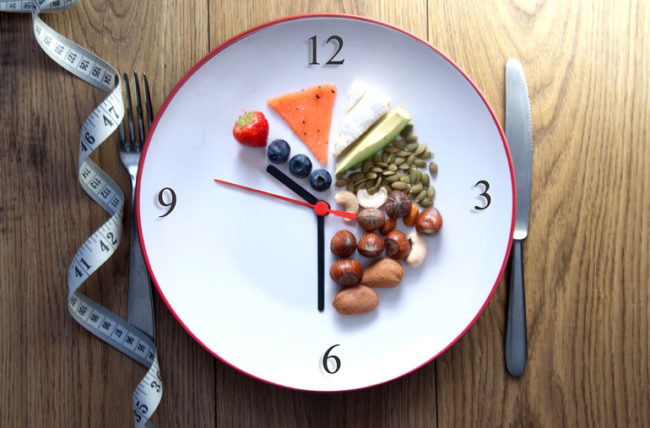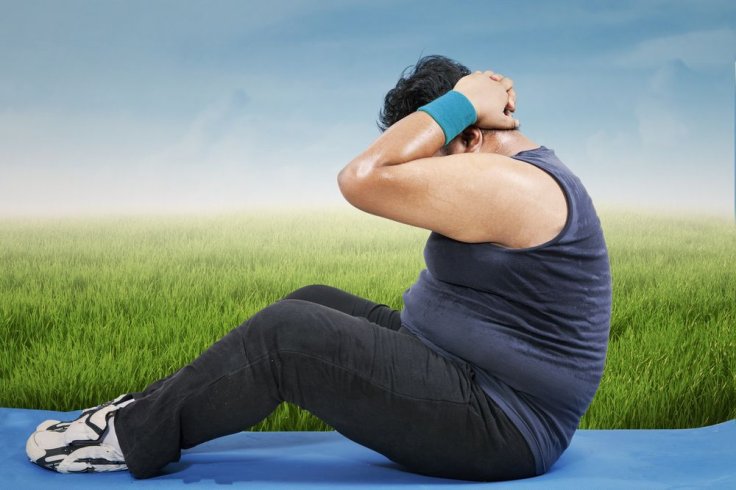Given that the majority of people do not know what intermittent fasting (IF) is, it is truly a treasure trove. Since 2012, I’ve been posting videos on YouTube about intermittent fasting, one of which has nearly one million views. We should simply say that I’m a specialist of IF as well as a promoter!
I first tried fasting when I was trying to lose weight quickly and effectively. Before implementing a fasting schedule, some of the stupid things I tried are hard to believe. Needless to say, they were ineffective and a waste of both my time and money.
I’ve posted a few photographs of the cycle on my Instagram page. I have a photo from 2014 of my weight loss transformation that shows the results of my 2012 fast. At the time, I trained at least six days a week while fasting every day for a year (minimum 16 hours, sometimes up to 24 hours) and had great results. I archived the excursion more top to bottom on my “My 1-year sound way of life change” blog entry.
What Is Discontinuous Fasting?
Time-restricted eating is another name for intermittent fasting. It involves abstaining from food and calories for extended periods of time. There is a lot of debate about what constitutes a true fast, and many people argue about whether they can eat or drink certain things without breaking their fast.
To be clear, when I first started doing intermittent fasting every day for a year, I only drank black coffee, water, and unflavored BCAA (branch chain amino acids) during the fasting periods.
A base quick is viewed as 14 hours. However, I prefer to set the bar a little higher by requiring at least an eight-hour eating window and a 16-hour fast. The response to the frequently asked question, “Does sleep count as fasted time?” is, of course, yes! According to the 16-hour minimum, if you sleep for seven hours, your remaining fasting time is only nine hours.
How to Perform Intermittent Fasting As was briefly stated earlier, the most effective method of fasting is to eat within an 8-hour eating window and fast for at least 16 hours, including sleep time. You could, of course, be more aggressive and quick for 18 hours, 20 hours, or even up to and including 24 hours in some instances (though I have never personally gone beyond 24 hours). The difficulty of fasting for 20 hours is that you will only have a 4-hour eating window. Depending on your goals and caloric needs, it may be difficult to consume all of the necessary calories and nutrients in that 4-hour window.
When I fasted for more than 20 hours, it was hard for me to eat enough while still giving my stomach time to break down the food. In most cases, I had to eat a big meal that took about an hour to eat and covered all of my calories.
I recommend starting with a 14-hour fast and a 10-hour eating window if you’re new to intermittent fasting. After a few days (or a week), move up to a 16-hour fast and an 18-hour fast. The perfect balance for the overwhelming majority is 18-hour fasting.
You can likewise get a DNA report from 23andme and submit it to Dr. Rhonda Patrick’s Genome Examination Apparatus, and it will make ideas for your optimal fasting period. Among many other useful details, my DNA report revealed that I benefit genetically from a daily fast of more than 16 hours.
Keep in mind that while fasting, water is your best friend! In the event that you are not drinking a sufficient measure of water, you’re not fasting accurately. You should not dehydrate yourself while fasting from food. That can really be harming at times. Naturally, many people worldwide dry fast for personal or religious reasons; in all honesty, I have never been a fan of that strategy, despite the fact that some argue that it has spiritual and religious benefits.
Instructions to Break a Quick While Irregular Fasting
How you break a quick relies upon your objectives. In any case, more often than not, individuals quick for weight reduction so the accompanying directions will zero in on that.
At the point when I was fasting for weight reduction, I had an extremely relentless schedule that ended up finding true success. It is essential to exercise while you are fasting so that your body does not use the energy (calories) from the food you have eaten and instead seeks energy from stored fat.
It really is not that hard to understand: if you haven’t eaten, your body will need to get energy from fat in order to exercise. My specific routine consisted of 15 minutes of moderate cardio followed by 10 minutes of moderate cardio followed by high-repetition weight lifting in the style of bodybuilding. Remember that significant burden lifting isn’t suggested with irregular fasting, in this way, why my concentration, specifically, was on high reiteration (lower weight) working out.
Whenever you have finished an exercise while fasting, now is the right time to consider what food you will devour to break a quick. I’ve forever been a defender of clean eating while at the same time breaking a quick, and that implies no inexpensive food or sugar. You don’t want to eat junk food to relax after fasting and exercising all day.
I would prepare salads, fish, and lean meats like chicken or steak for breakfast after 16, 18, or 20 hours. I kept the starch admission sensible with earthy colored rice or vegetables like broccoli, cauliflower, and Brussel sprouts.
More often than not, when you are breaking a quick with feasts, you’ll need to prepare so you can designate sufficient time for eating the main dinner, then, at that point, processing it prior to getting into a subsequent feast. Keep in mind that consuming all of your calories in a single meal can be difficult and potentially taxing on your digestive system. I recommend starting with two to three meals during your eating window before working your way up to a longer (20-hour) fast with one meal.
The normal slip-up individuals make while breaking quick is glutting themselves with food, which really becomes counterproductive and can prompt swelling and inconvenience. I encourage you to take as much time as necessary and gradually slide into your first and second dinners to guarantee that your body is retaining the supplements from food and supporting itself for your next fasting day.
Consider IF to be similar to a house of cards in that overindulging in junk food can cause long-term digestive issues that last for hours, days, or even longer. If you treat your body like a temple, you should water fast to clean and maintain it. While breaking a quick, think about the entirety of your persistent effort over the course of the day and don’t destroy it with unfortunate sustenance or dietary propensities. Center around the arrangement, objective, and future outcomes you’ll accomplish!
Conclusion One of the most potent and efficient methods of weight loss, detoxification, and body regulation is intermittent fasting. Consider drinking eight to ten 16 oz glasses of water per day during your fast, and if you feel hungry, drink water. This is an important takeaway.
Consider unflavored BCAAs (branch chain amino acids), which are beneficial and will ensure that your muscles are sustained and well-recovered from exercise. Because they are essential, BCAAs can’t be made by your body and must come from food, which can be hard to do when you don’t eat. BCAA supplements have been displayed to construct muscle, decline muscle exhaustion and ease muscle irritation.
One last action item is to design and execute strictly. When you’re hungry at a party or buffet and everyone else is eating while you’re drinking plain water, this means you should be focused on your goals and will not let them go. Trust me; while I was fasting, I went to a lot of social events with a lot of food and drinks, and the mental game is probably the most important part of keeping your fast.
As always, I encourage you to communicate with me via social media to share your progress and outcomes with IF, and I wish you the best of luck with your fasting efforts!










